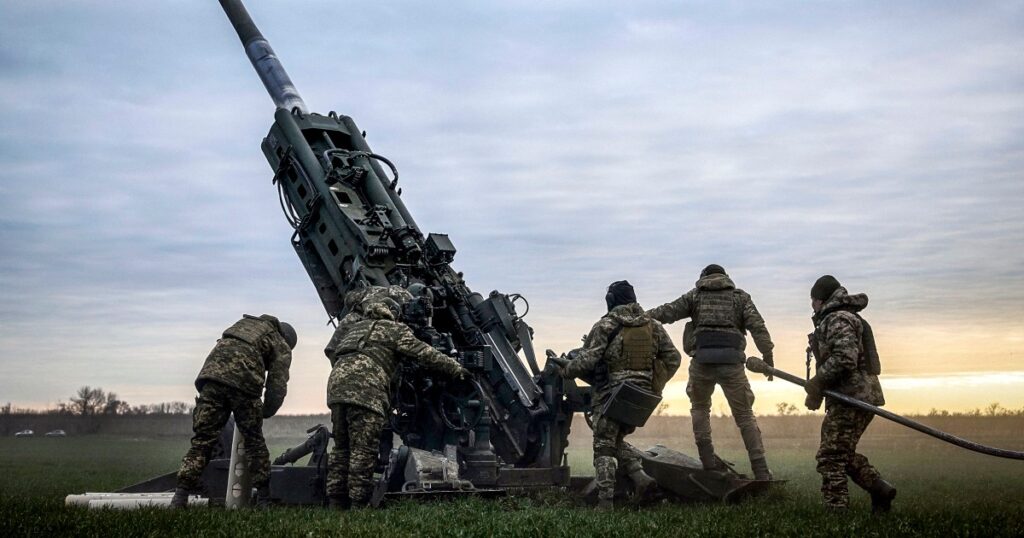On Feb. 24, 2022, the world woke up to what would prove to be Europe’s worst conflict in nearly 80 years. After a monthslong Russian troop buildup along Ukraine’s northern, eastern and southern borders, Russian President Vladimir Putin greenlit a campaign to overthrow the Ukrainian government in Kyiv and replace it with a proxy administration that would do Moscow’s bidding.
Putin is learning the hard way: Before taking your country to war, you better do your homework.
Needless to say, Putin’s plans have fallen flat. While the fighting has been devastating to Ukraine — tens of thousands of Ukrainians have likely lost their lives, more than 14 million have been forced from their homes, and the country is staring at reconstruction costs in the hundreds of billions of dollars — President Volodymyr Zelenskyy’s administration stands and is still welcoming high-profile guests, including President Joe Biden. The Ukrainian army is sustaining a high casualty rate (at least 100,000 troops have been killed or injured) but the army itself is as committed today to expelling Russian forces from the country as it was when the war began a year ago. Russia, meanwhile, has dug itself into a deep hole; its economy is increasingly cut off from Western technology and young, talented, highly educated workers have either left in protest of the war or fled to escape the draft.
There is a core lesson in all of this, one Putin is learning the hard way: Before taking your country to war, you better do your homework.
In reality, the right questions are rarely asked in the lead-up to a conflict — if they are asked at all. What objectives are we trying to accomplish? Are those objectives realistic and integral to keeping the country safe, or are they unnecessary distractions that could swallow up resources and attention over time? If the objectives are realistic, is military force the most efficient, least costly way of achieving them — or are other nonmilitary options, such as…
Read the full article here





